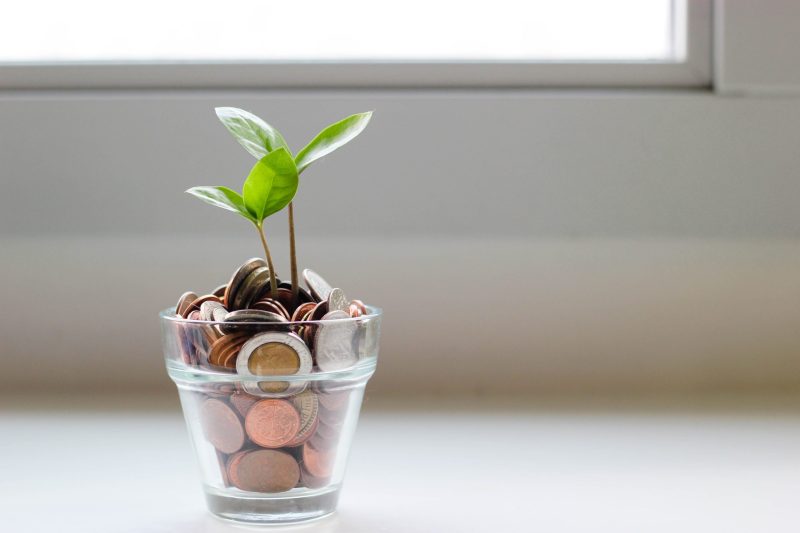Have you ever reached the end of the month with barely a dime to spare in your pockets? When you go out on the weekends, do you come back feeling guilty about what you’ve spent? Are all the things you buy worth it?
If you seem to be questioning your financial management strategies, odds are you aren’t very comfortable with your current status, and you seek more efficiency in budgeting. Though it may seem a bit daunting, doing so can be quite simple. The key is understanding yourself first, assessing your status, and then applying a rule of management.
Overview of budgeting
Budgeting is defined as the creation of a plan to spend and manage an individual’s financial resources. It involves a calculation of how much money is earned, how much on average is spent, and how this money is to be disseminated across different aspects of the individual’s life according to their lifestyle as well as their needs.
Elements of budgeting
Before commencing with the budgeting process, it is important to understand what are the elements that comprise a budget. A good budget would include a few basic elements which if not considered can render the budgeting process inefficient and incomplete. When budgeting, matters to take into account include:
- Income which is the source that provides you with your money; you ought to keep note of your income before and after taxes,)
- Fixed Expenses are the type of expenses that you have least control over and are usually of high importance, for instance, rent or mortgage payments fall under this categorization,
- Flexible Expenses which represent items you desire to spend money on but are not of essential need, and finally
- Unplanned Expenses & Savings which revolves around unforeseen expenses/emergencies and savings. These two are distinct from each other — savings should not be drawn from unless necessary, even in emergencies.
Common budgeting items to consider include:
- Housing
- Food
- Transportation
- Credit card payments
- Savings plan
- Insurance coverage
- Entertainment costs
- Personal care
- Child care
- Pet care
Feel free to amend the above list as per your needs and lifestyle to proceed with the budgeting process. This should help serve as an outline for what your budgeting plan will comprise.
Budgeting efficiently
To ensure efficiency in your budgeting methods, you need to take into consideration what is to be done before you begin budgeting, what you will do while you are budgeting, and what you shall do after implementing your budget plan to promote its sustainability in the long run.
Before you budget
Select the time frame
Before commencing with the budgeting plan, you need to clarify its duration and period. Is this plan going to be limited to a month? A year? A holiday week spent abroad? Or will this plan be a standard one which you will follow regularly, every month for example? If you choose to standardize, note that not all your costs will be consistent each month, they can differ between seasons or occasions during the year. Make sure these factors are taken into account when you lay out the time frame.
Differentiate between wants and needs
Another very important consideration to be made before laying out the budgeting strategy is to make the distinction between things you need and things you want (or desire). Begin by establishing a list of items you want to save for, then determine whether each item on that list is something you absolutely need or something that you simply desire. After that classification, consider whether you’ll be content in a month if you purchase these items. Next, rank each item in order of importance. Finally, following the establishment of your priorities, decide whether or not to include each item in your budget.
When you budget
Now that you have laid out the necessary outline for your budget, it is time to delve into the actual process. Below are some of the common approaches used in doing so:
The 50/30/20 rule
The 50/30/20 rule is one of the most commonly used budgeting methods, whereby costs are cut up into 3 categories which are as follows:
- 50% for needs: Half of the net monthly income should be allocated to life necessities such as housing, food, transportation, insurance, and utilities.
- 30% for wants: This category would include clothing purchases, entertainment, dining out, travel, and monthly subscriptions. (NB: though these are classified as ‘wants’ they have still desired items that are deemed worthy of expenditure).
- 20% for savings: This is the sum of money that is meant to be set aside for future use. Depending on the individual’s financial status, this sum could be used for debt repayment, retirement contributions, or emergency funds.
Reverse budgeting
This approach to budgeting is characterized by its approach of prioritizing savings and investments first. Essentially, when applied, the money intended for savings and investing is put aside first. After that, required bills and expenditures are tended to. Prioritizing savings does not imply abandoning one’s basic needs like housing and food; it instead ensures that the money is used to meet the fundamental necessities before spending it on things like eating at restaurants or shopping.
After you budget
Having set the method you wish to adopt in implementing your budgeting practices, it is important to promote the sustenance of this practice, in the long run, to ensure your financial well-being remains in a healthy and steady state.
Make your goals visible
In cases where you get tempted to overspend, it is a good approach to remind yourself why budgeting was implemented in the first place. To do so, make your goals visible by setting reminders for yourself so that it motivates you to keep going and sticking to your budget plan. For example, if you are saving up for a car, hang a picture of it by your fridge. Hence, it serves as an indication as to why you are dining at home instead of ordering takeout, or why you cut down on certain purchases to prioritize this one.
Adopt healthy spending habits
Finally and most importantly, your approach to the budgeting process must be a good and healthy one. Remember that it is not a process that is set in stone but it can be flexible where needed. Keep track of your costs every month, and check where you are going overboard and in which categories. Revisit your budget plan regularly and tweak and amend it where necessary. Seek the aid of technology by using budgeting apps that accurately take note of your costs and calculate statistics and categories for you for the sake of simplifying the process to promote its longevity and sustainability throughout your lifetime.
In conclusion
At the end of the day, efficient budgeting is a mechanism that allows us to be in proper control of our financial resources. It is of significant importance because one’s financial status could dictate lifestyle quality. The better the care and the thought process we provide to our budgeting plans, the better they shall serve us and enhance the quality of our lives, especially in the long run. It’s never too late to start a budget. So get started soon and take your time in developing it efficiently to suit your needs and lifestyle, for it is a wise act to do that will benefit you and your future!
If you would like to learn more about efficient budgeting, check out the Personal Productivity Science Labs. Based on the research of the Institute for Life Management Science, the lab produces courses, certifications, podcasts, videos, and other learning materials on how to budget efficiently. Visit the Personal Productivity Science Labs today.
Photo by micheile dot com on Unsplash


